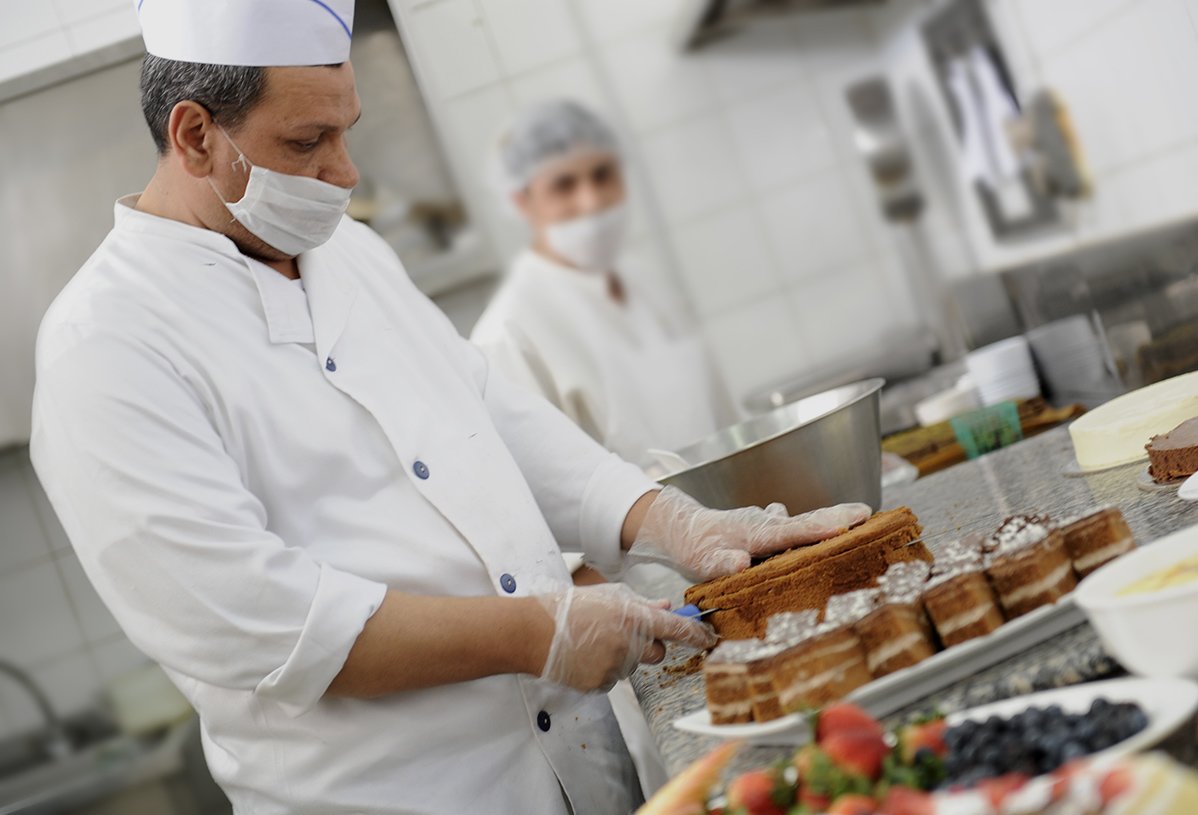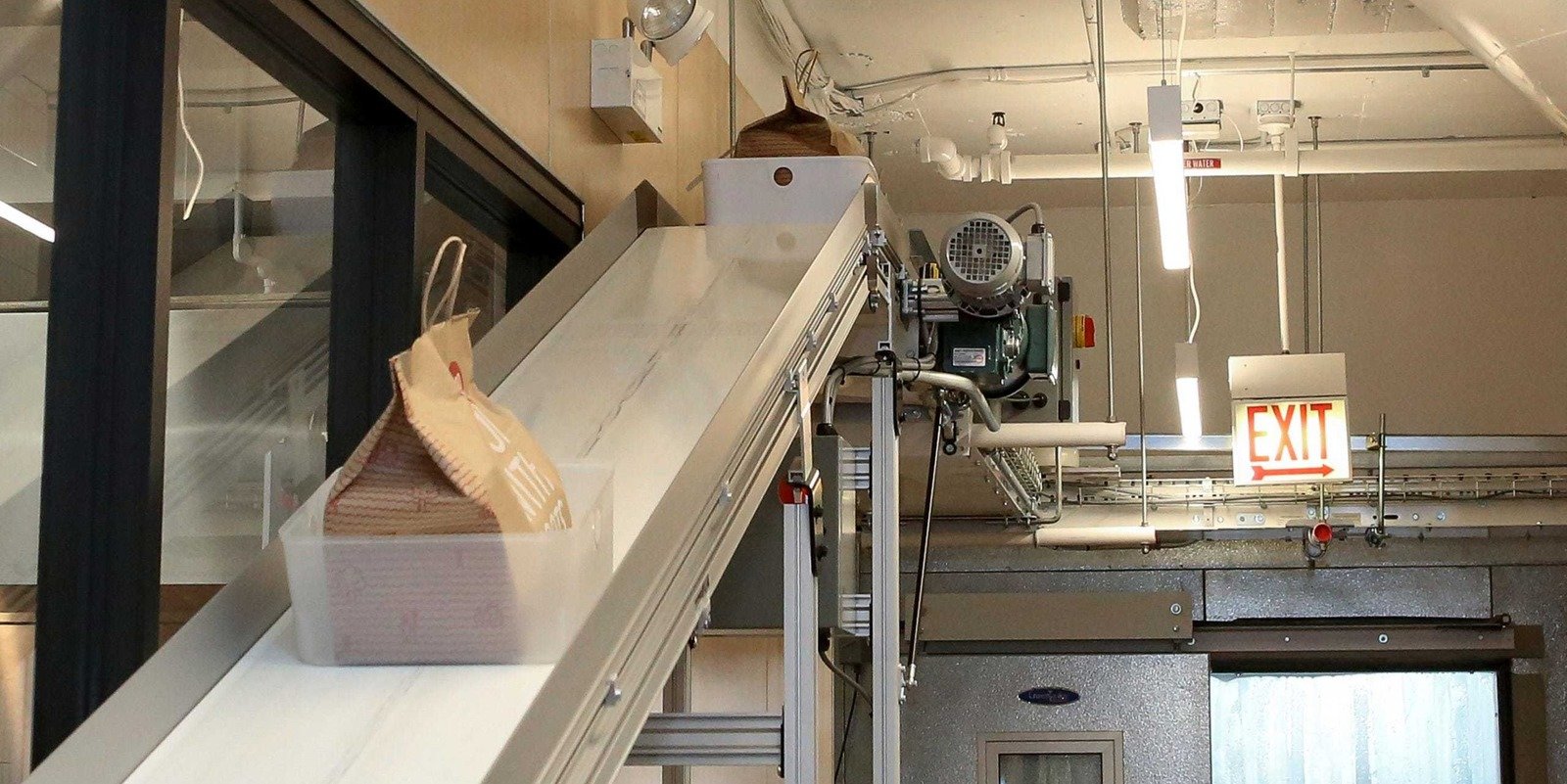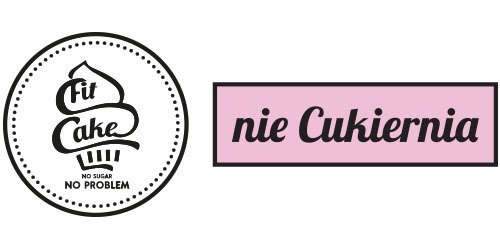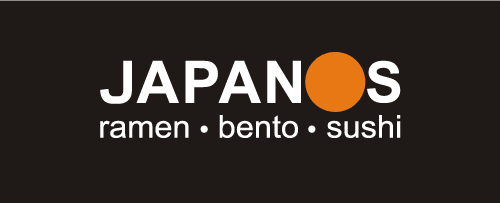What is a ghost kitchen?
The last few years has been difficult for business owners around the world. Sudden mandatory shop closures and ongoing uncertainty pushed many businesses to the brink and had disastrous effects on others. The pandemic demanded an operational re-think if businesses were to survive. While shops and restaurants were closed, food delivery services rose – and a new style of business emerged.
Ghost Kitchens are food preparation kitchens designed solely for delivery. You won’t find them on the high street. There are no waiters, no signs, no menus, no tables and chairs – in other words, no extra overheads. In addition to being cheaper to create and operate, a ghost kitchen can be established quickly. All you need is a kitchen with delivery access and a certified hygiene pass.
Otherwise referred to as ‘virtual kitchens,’ or’ micro-cloud kitchens,’ ghost kitchens work to fulfil take-away orders for the likes of third-party delivery apps such as Uber Eats, Deliveroo and Just Eat. These kitchens aim to profit from the cultural change towards take-outs, which is estimated to be worth $1 trillion by 2030.
As it’s still in its infancy stage, there are not yet many examples of this type of franchise network on the market. Therefore, when starting a ghost kitchen, entrepreneurs may face a different set of challenges. Many traditional take-away cuisines flourished from the rise of ghost kitchens during the pandemic, such as Japanese, Chinese, Thai, Mexican, Italian and American style burger joints.
Surprisingly, in the case of ghost kitchens, attracting consumers is not the biggest problem. The challenge lies within building the brand. It’s hard for customers to identify with a restaurant they never see. You also face the challenge of maintaining quality control, as the food is delivered usually by a third party. Investing in better quality packaging and branding is a way we recommend to combat both of these concerns.
Some restaurants pivoted to take-away successfully quite early and opened an additional ghost kitchen to keep up with demand during lock-down, such as Five-Guys, Applebee’s and Chili’s in the US. It also helps to keeps the constant traffic of delivery drivers clogging up high street stores. During the pandemic major companies didn’t let an opportunity go to waste and created different brand names on take away apps to test new menu items without the risk of a harsh brand backlash.
It’s easy to see that ghost kitchens are an innovative, cost and risk effective way to do business. A shift in working culture means take-away meals are more prominent than ever before. This appears to be more than a trend, and an interesting space to watch.
 Reduced overheads / Say goodbye to big rents, excess utilities, extra wages and high set-up costs.
Reduced overheads / Say goodbye to big rents, excess utilities, extra wages and high set-up costs. read articles
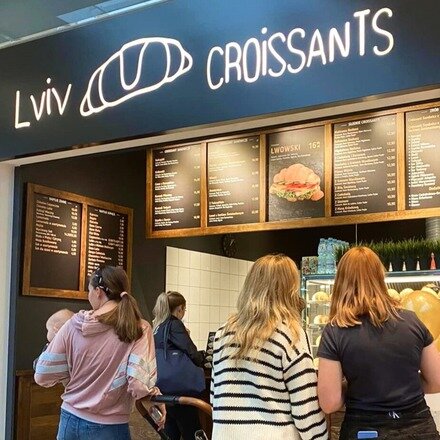 Baking success across borders
/2024-02-02
Baking success across borders
/2024-02-02
Emerging from a quaint Lviv Croissants to 170+ location. What's the secret to their widespread success?
La Donuteria renowned for crafting, handmade donuts. Is this sweet business lucrative?
Poe Poe excels with premium, fresh ingredients and unwavering dedication to affordable fast food excellence. How do they do it?
Franchising.eu talked to Rafał Kościuk, the co-founder of “Fit Cake” about the franchise’s expansion across Europe.
The Georgian bakery chain Puri shows that tradition and modernity can complement each other and provide a successful business mix.
most read
 How to earn money on YouTube!
/2021-07-12
How to earn money on YouTube!
/2021-07-12
Over one billion YouTube videos are watched around the world every single day.
The fast-food restaurant chains $1 billion international expansion plan
Embarking on franchising offers entrepreneurs exciting chances to expand brands into new markets. How to effectively start franchise business?
The Fornetti Group is working to become a leader in the franchise market of frozen bakery products not only in Hungary but also in Europe.
Explore Edu3Dcation franchise opportunities, offering innovative 3D experiences for children.
